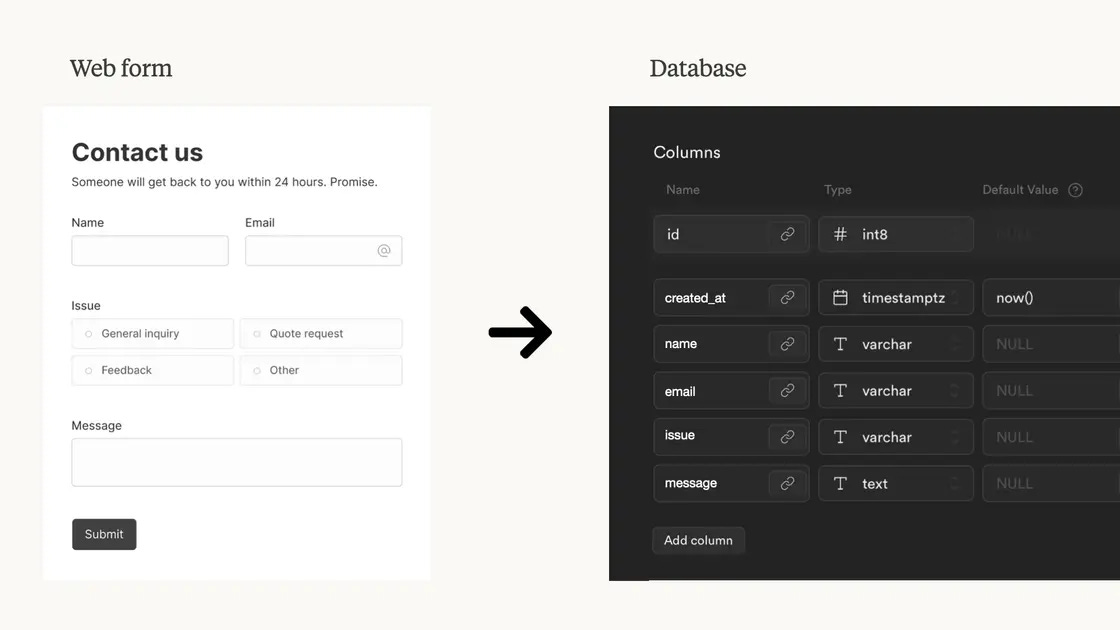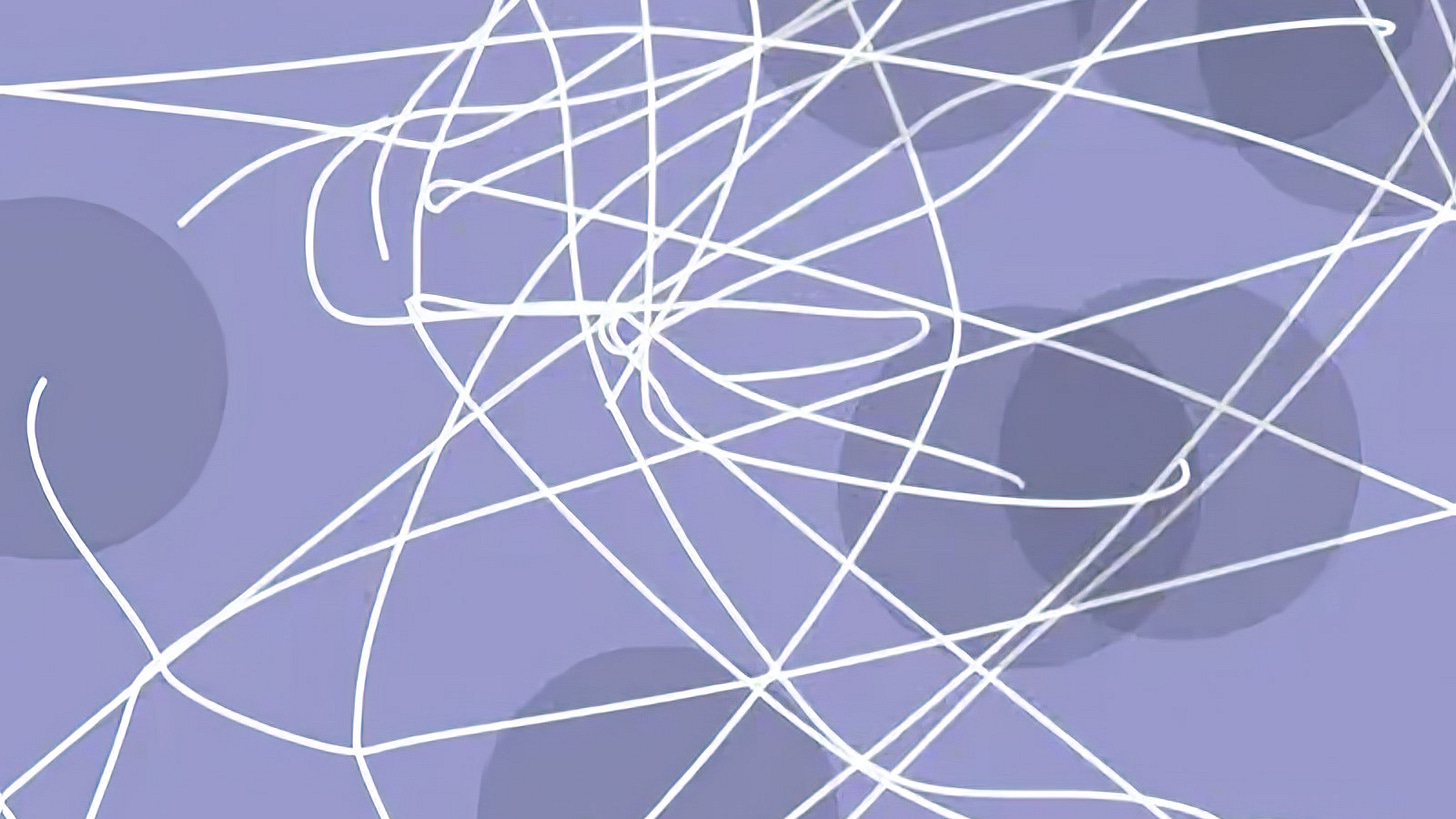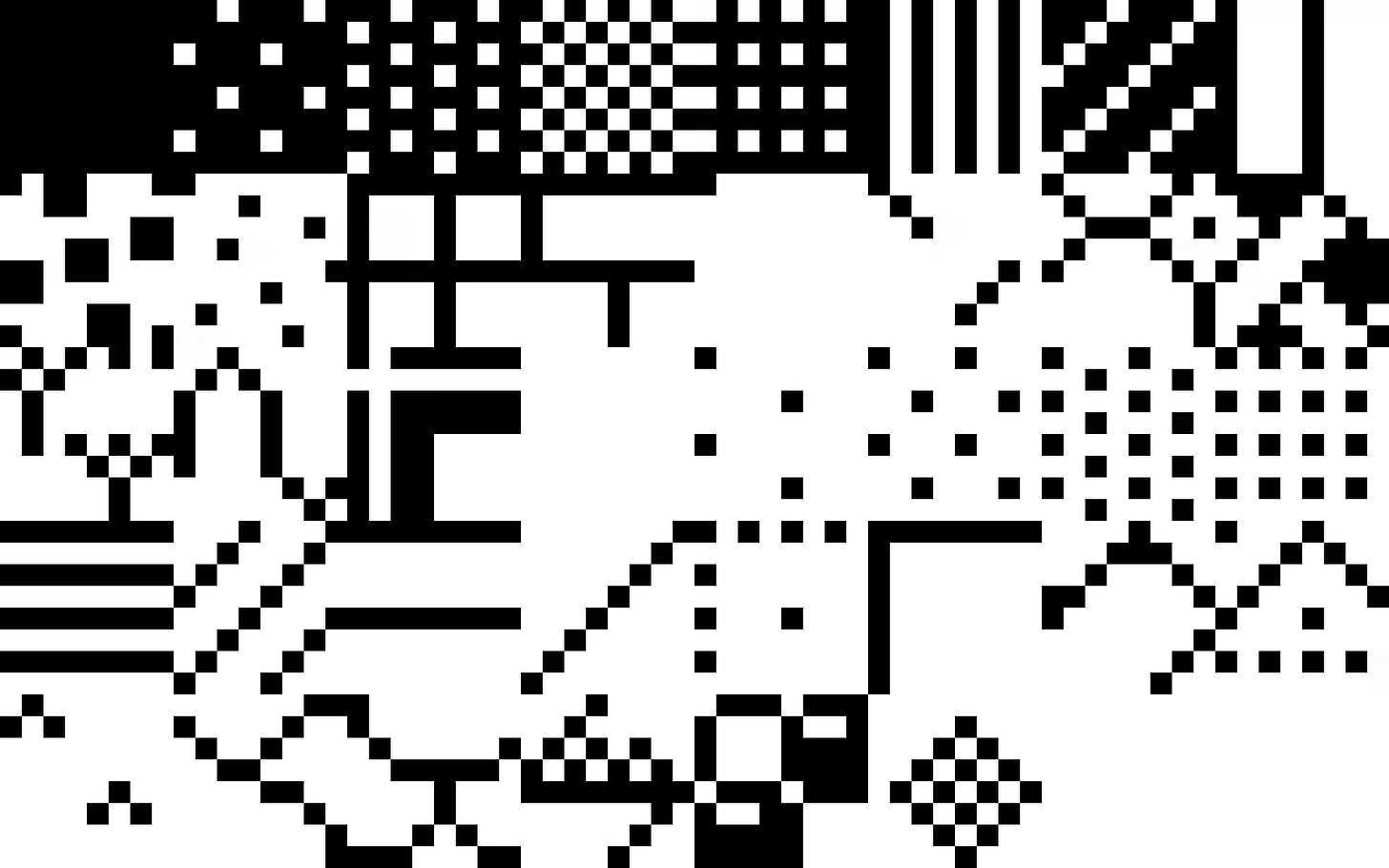When Creative Work Is the Best Distraction
Better web forms. AI is DWIM. Resurrecting the classic Mac patterns.
As a design leader at a fast-growing startup, my days are almost always filled with meetings. My work is no longer pushing pixels in Figma. Instead, it’s setting up processes and goals for the team, exerting influence across the org, and critiquing the work. When my days are filled with essentially non-creative todos, I personally need an outlet. That’s why I write. That’s why I made political posters. That’s why I’ve started making T-shirts inspired by my favorite movies.
Earlier in the week, a coworker from our HR department reached out and said she wanted to make a T-shirt for the opening of our new office in Raleigh. I jumped at the chance to design something, despite my calendar already being packed with other responsibilities. What I thought would be a quick one- or two-hour endeavor, became the better part of my day because I was having so much fun!
I started by looking for some clip art on iStock that I could use. Again, I just wanted to make something quick. But as soon as I found a beautiful black and white drawing of an autumn tabletop scene—pumpkin, acorns, twigs, etc.—I knew I had to combine it with something Raleigh-specific. None of the other clip art I found worked. So I looked up the historic building in Google Street View, took a screenshot, and jumped into Procreate on my iPad. I’m actually not great at drawing, so I traced the building.
I assembled the final design in Illustrator using all the prepress techniques that have come back to me from many years ago. And then shipped it off.
It was a refreshing work-related distraction in the middle of endless Zoom calls. It was a good reminder that—at least for me—making things brings me the most joy. It also re-energized me for the rest of the week. My LinkedIn bio used to say something along the lines of, “I’ve gone from designing websites to designing organizations.” That’s true and that’s the path I’ve chosen. To unblock my team, to support them, and to mentor them. But every once in a while, it’s rewarding to get my hands dirty again.
Highlighted Links
Unstructured Input in AI Apps Instead of Web Forms
Forms is one of the fundamental things we make users do in software. Whether it’s the login screen, billing address form, or a mortgage application, forms are the main method for getting data from users and into computer-accessible databases. The human is deciding what piece of information to put into which column in the database. With AI, form filling should be much simpler.
Luke Wroblewski makes the argument:
With Web forms, the burden is on people to adapt to databases. Today's AI models, however, can flip this requirement. That is, they allow people to provide information in whatever form they like and use AI do the work necessary to put that information into the right structure for a database.
The destination for AI interfaces is Do What I Mean
Thinking about the above link about web forms, if you abstract why Wroblewski’s idea and example are so powerful, you get to the point of human-computer interaction: the computer should do what the user intends, not the buttons they push.
Matt Webb reminds us about the DWIM, or Do What I Mean philosophy in computing that was coined by Warren Teitelman in 1966. Webb quotes computer scientist Larry Masinter:
DWIM is an embodiment of the idea that the user is interacting with an agent who attempts to interpret the user’s request from contextual information. Since we want the user to feel that he is conversing with the system, he should not be stopped and forced to correct himself or give additional information in situations where the correction or information is obvious.
Classic 8×8-pixel B&W Mac patterns
Ah, this brings back memories! I spent so much time in MacPaint working with these patterns when I was young. Paul Smith faithfully recreates them:
I was working on something and thought it would be fun to use one of the classic Mac black-and-white patterns in the project. I'm talking about the original 8×8-pixel ones that were in the original Control Panel for setting the desktop background and in MacPaint as fill patterns.
I figured there'd must be clean, pixel-perfect GIFs or PNGs of them somewhere on the web. And perhaps there are, but after poking around a bit, I ran out of energy for that, but by then had a head of steam for extracting the patterns en masse from the original source, somehow. Then I could produce whatever format I needed for them.
What I’m Consuming
The Case Against Social Media is Stronger Than You Think. Nathan Witkin says the evidence that social media caused big rises in partisan dislike is weak. But social media still spreads extreme, negative content far and fast. That spread makes politics angrier and leads to more extreme real-world actions. (Nathan Witkin / Arachne)
Navigating Contradictions: A Manifesto for Product Teams in an Era of Change. AI offers huge gains but also spreads harm and deepens inequality. Product teams must shift from execution to problem framing, ethics, and systems thinking. Educate yourselves, question assumptions, and build trust and safety so we shape AI instead of being shaped by it. (Arpy Dragffy-Guerrero)
Mac Clones History: A Tale Of Poor Margins & Bad Timing. In the mid-1990s Apple licensed Mac clones to try to grow sales. Clone makers undercut Apple, stripped its hardware edge, and cut profits. The program failed and was ended, with only a few limited exceptions. (Ernie Smith / Tedium)





